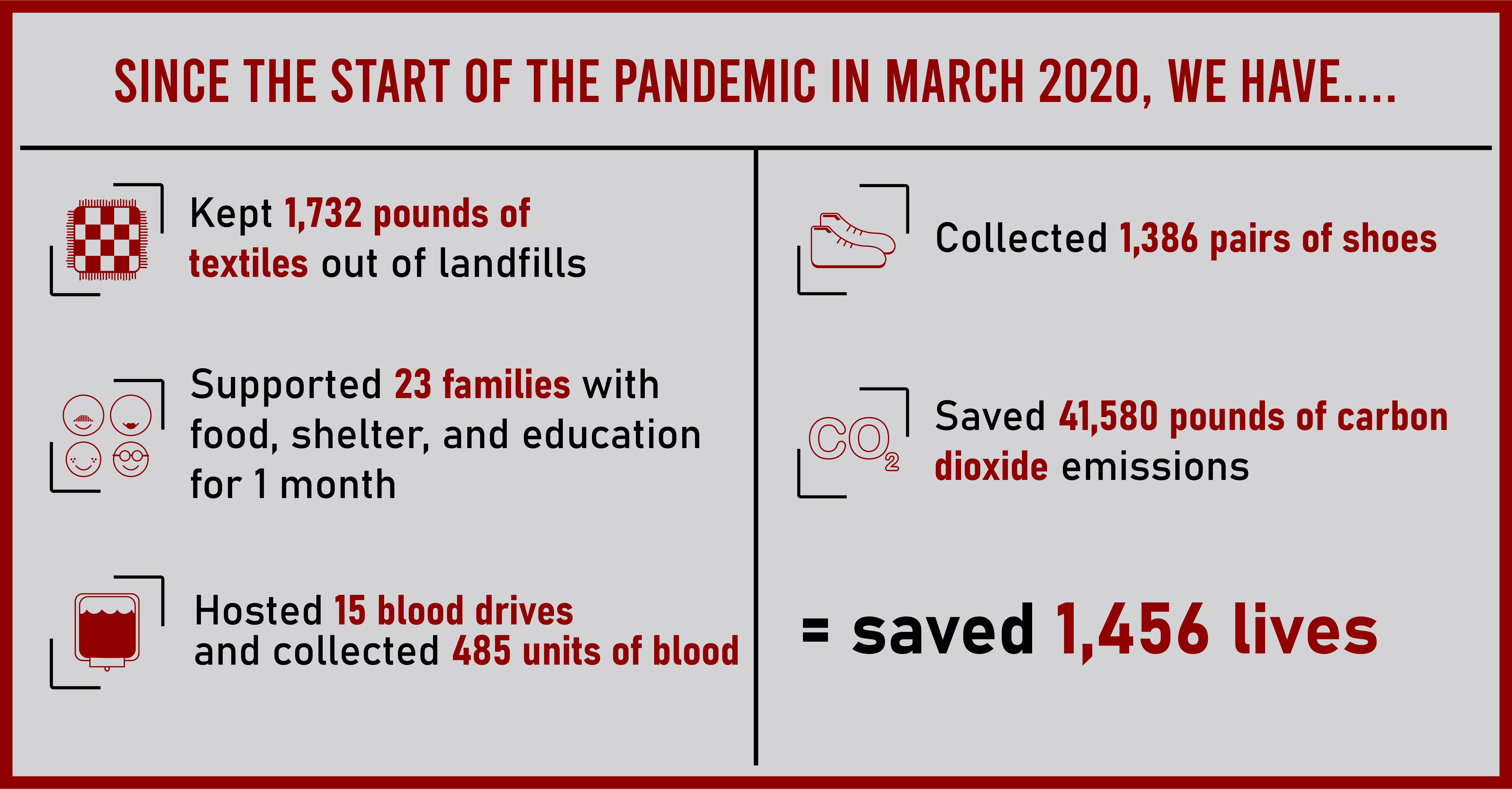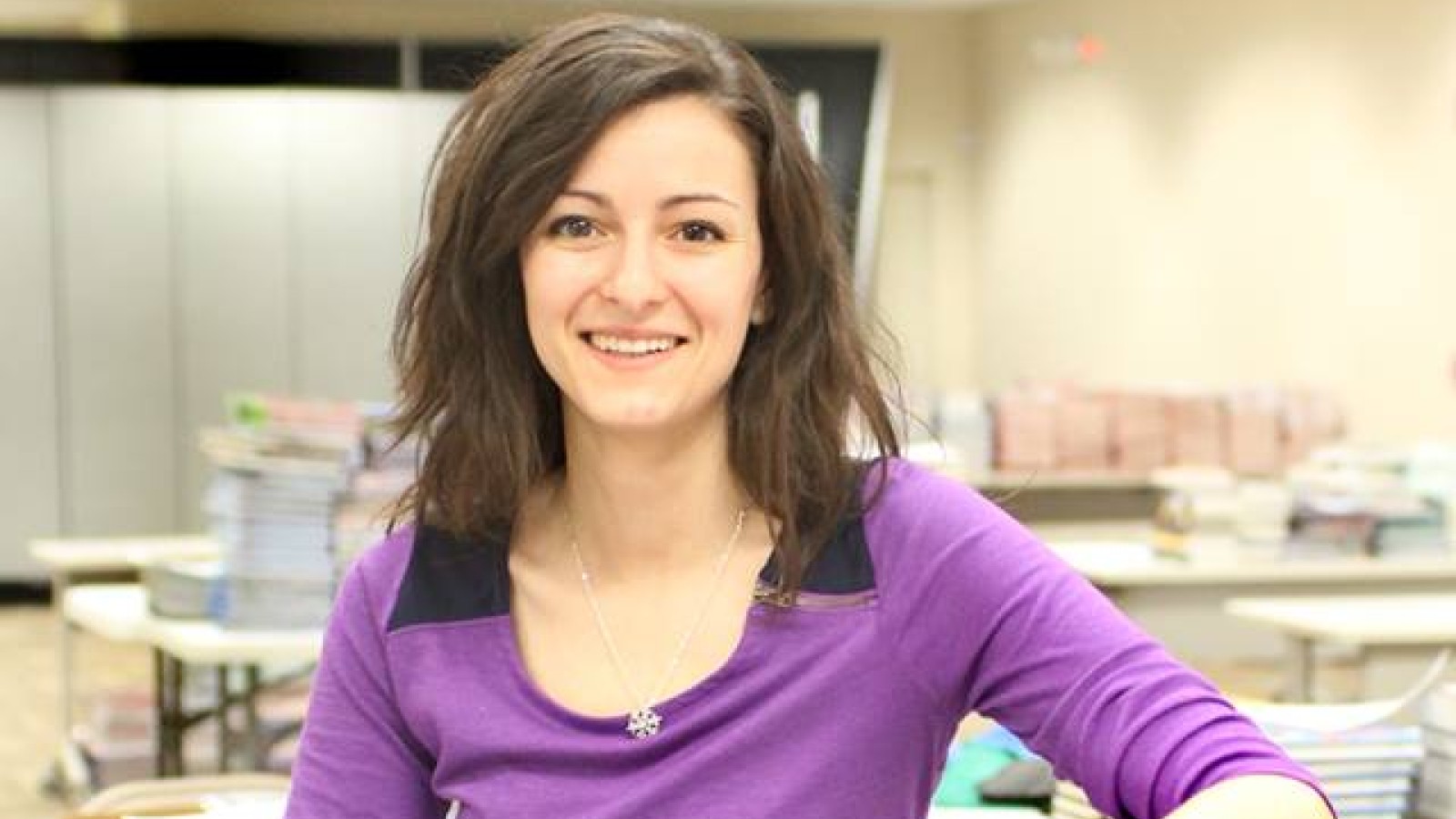
- BaronOne Portal
- Campus Life
- Career Preparation and Experiential Learning
- Chosen Names at RCBC
- Running Start - First Year Experience Program
- Free Community College
- Microsoft Office 365 for RCBC Students
- Password Update
- Student Conduct
- Student Services
- Student Success Coaching
- Video Meeting Resources for Students
We promote student development through hands-on experiences that address real issues in the community.
Gain the experience, skills, knowledge and values necessary to achieve excellence academically and personally, while impacting your community.

Program Overview
Educators of all backgrounds have various reasons for implementing service-learning. Some of the objectives at RCBC are to:
- promote civic engagement, citizenship, cosmopolitanism, and civility
- raise awareness of and solve real, community-based problems
- mobilize students and the community
- create and build partnerships within the community
- provide internship opportunities for students and prepare them for careers after RCBC
- excite students about their field of study
- harvest cultural awareness and tolerance of diversity
- present opportunities for students and faculty to work together and foster effective relationships
- enhance campus and community campaigns and outreach
- implement change
- inspire!
The following assignment models define the various methods of incorporating service-learning into RCBC courses.
- Placement Model: students are responsible for volunteering their services to a specific organization. This model usually offers students with the opportunity of direct contact with beneficiaries or issues.
- Presentation Model: usually utilized as a form of community education and outreach, students are required to give presentations or create an exhibit or a display. Students might take this a step further and present at or organize a workshop, forum, conference, expo, or fair.
- Product Model: students create a deliverable product to be utilized by a beneficiary. Examples include graphic design students designing a logo, English students writing a grant, or computer science students creating a website for a non-profit. Other projects could entail or focus on research and information gathering, where students work in conjunction with faculty and/or the beneficiary to establish how the results will be used.
- Project Model: students determine and arrange their own service-learning project. The Service-Learning Coordinator is a great resource for students assigned to this model.
- Consultant Model: based on students' knowledge or expertise of a particular topic, they serve as pro bono consultants to fulfill a community or nonprofit's need(s).
- Time Model: students volunteer based on an hourly service component within a course. This can be integrated into and serve as a component of some of the above models, such as the Placement and Project Models.
The following models define different degrees of incorporating service-learning into new or pre-existing courses.
- Full Integration: This requires that students participate as a condition of completing a course or graduating. This requirement is consistent for all students and provides no alternative. As a required component of the course, a service-learning project might serve as a mandatory stand-alone assignment or part of a larger scale project that the course revolves around. Examples of the latter may include capstone or seminar courses, service internships, or a service-specific independent study. If not a specific assignment, service hours might be required instead of the typical class participation or attendance points. Moreover, some schools employ service-learning as a graduation requirement.
-
Partial Integration: As an optional course component, students have the choice of completing a service-learning project. In many cases, the project is offered in lieu of another assignment – as an alternative to completing, for instance, the less appealing research paper. Or, the project might be offered in lieu of points for another aspect of the class (i.e., class participation). This model often utilizes aspects of the Reward Integration Model (below). Another approach to the Partial Integration Model is offering an additional credit hour (i.e., a fourth credit) that allows students to participate in a course’s supplementary service-learning component.
-
Reward Integration: Courses utilizing this model offer students an incentive for participating in an optional service-learning project. Depending on the project, instructor, and course design, incentives may include:
- Extra credit.
- Dropping of lowest quiz/test/homework/presentation/report grade.
- A “get out of class free” pass for one-time use.
- Permission to use an index card of notes on a quiz or test.
Service-learning projects often entail the implementation of an event. At RCBC, students create and volunteer at:
- Internal Events: Projects hosted internally either (1) benefit the college or service-learning program or (2) are only open to the college community.
- Public Events: These events are open to anyone who would like to attend and are typically publicized within the Burlington County community, online, and by word of mouth.
- School Presentations: When students present at local K-12 schools, their audience is specific and no publicity or advertising takes place.
- Events for Target Populations: When a project addresses a specific population, they are typically (1) hosted in conjunction with a specific organization and/or (2) advertised and open to the appropriate population.
Within the assignment models active at RCBC, there are four general categories of beneficiaries served. Projects, however, are not limited to serving one beneficiary and quite often serve at least two.
- Service to the College: Benefits the college community or strengthens services offered through the Service-Learning Program.
- Service to the Community: Benefits the general public or a specific population.
- Service to a Non-Profit Organization: Benefits a specific community partner.
- Service to the Nation: Benefits a nationwide initiative.
Service-learning hours are internally tracked as:
- Direct Service Hours: hands-on service to beneficiaries
- Indirect Service Hours: time spent preparing for Direct Service Hours (ie: writing lesson plans and proposals, compiling data for research, creating presentation slides, etc.)
Frequently Asked Questions
Service-learning is a method of teaching and learning that combines relevant community service with course content. This combination enriches student and faculty experiences in the classroom by connecting course material to a community context. For example, a classroom assignment may be designed collaboratively with a local organization to develop a product that will be utilized to better serve the community at the end of the course.
There are numerous reasons to participate in service-learning! Here are just a few of the things service-learning can do for you:
- Enrich your academic experience at RCBC by connecting classroom theory with real-world application.
- Deepen your understanding of local community issues through first-hand experience.
- Sharpen your professional ("on-the-job") skills.
- Strengthen your connection to a diverse group of people, including professors, community leaders, community members and peers.
- Transform you with the knowledge, experience and network to help you make a positive impact on the world around you.
All RCBC students can get involved with service-learning! Here are some ways to get started:
- Each term, we offer a variety of course sections with a service-learning component. You can contact the Office of Career Preparation and Experiential Learning for details about registering for these courses. Once the professor introduces the concept in class, jump on board! This will be a great way for you test run service-learning to see if it is right for you. Project requirements differ from class to class, so be sure you are comfortable with the expectations before committing.
- Have you volunteered or participated in service-learning before and you know you want to continue to follow that path while earning college credit? Then talk to the Office of Career Preparation and Experiential Learning and consider enrolling in one of the following:
- EXP 111: Experiential Learning I (1 credit)
- EXP 112: Experiential Learning II (2 credits)
- EXP113: Experiential Learning III (3 credits)
- EXP 114: Experiential Learning IV (4 credits)
- Interested in making a larger commitment? Consider the Service-Learning Scholars Program, which provides an opportunity for students to become leaders in campus and community engagement through a guided service-learning experience. Scholars commit to one full year in the program and participate in a minimum of 200 hours of service. The program is highly selective and successful Scholars are awarded a $1,000 scholarship.
Are the courses you're taking lacking in service-learning opportunities? Contact us.
Start by speaking to your academic advisor about identifying courses and faculty members that offer service-learning. Then register for those courses per deadlines outlined in the college's academic calendar.
Already enrolled in classes? Share your enthusiasm with your professors if you would like to see a service-learning component in the courses you are taking. Let them know that the Office of Career Preparation and Experiential Learning would love to hear from them!
You can get involved with service-learning projects as soon as you start at RCBC. Even if you are in your second, third, or 10th year at RCBC, we have opportunities for you. Service-learning courses and projects are offered throughout the fall and spring terms, and additional activities take place on national service days and holidays.
Service-learning works similarly to any other course assignment. Your professors will outline the project expectations and grading criteria. They might let you choose your own community-based partners and projects, or they may already have a project in mind. In either case, it is important to remember that while a service-learning project may be facilitated and graded by your professor, it is also meant to benefit local community members and organizations.


